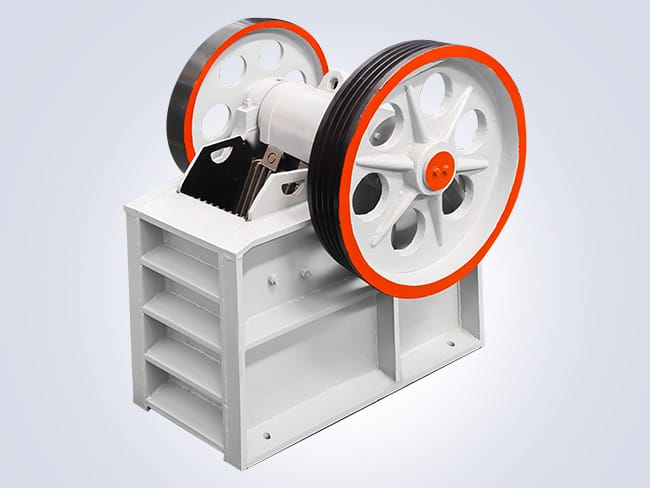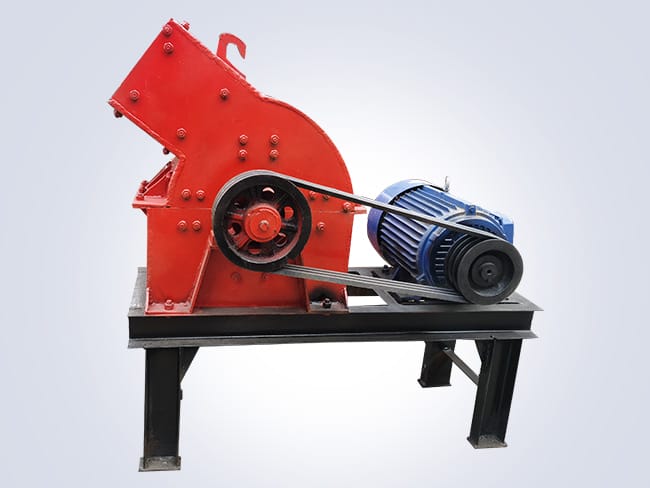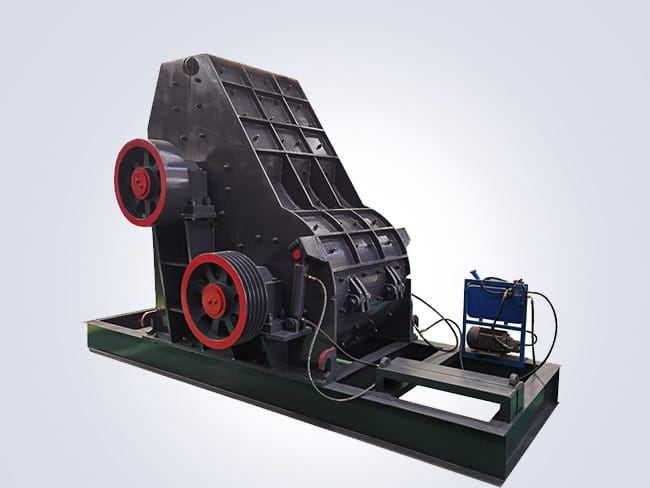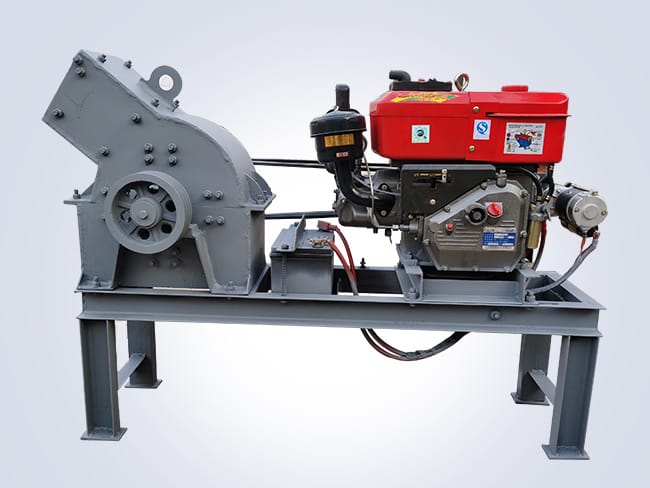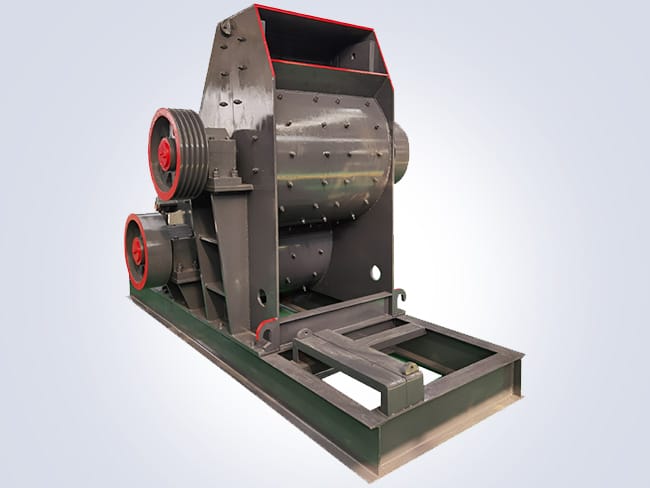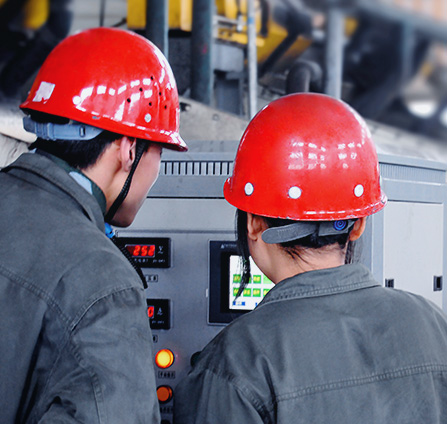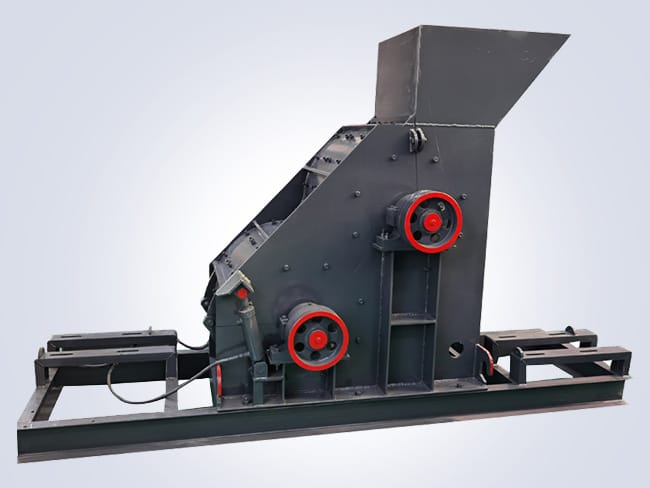
The “sand making machine” is a key piece of equipment in the sand and gravel industry. And its importance is self-evident. Through precise technology and powerful energy, it transforms various rocks, ores, and recycled construction waste into high-quality artificial sand. Meeting the demand for sand and gravel materials in construction, roads, bridges, and other infrastructure projects. This equipment not only enhances resource utilization but also promotes the practice of environmental protection concepts in the industrial field.
Working Principle and Types of Sand Making Machine
The working principle of this equipment is based on the intense impact between the high-speed rotating rotor and the material, combined with grading and plastic forming processes, to produce standard-compliant artificial sand. Common types of sand making machines include impact crushers and vertical shaft impact crushers. The former uses plate hammers for multi-stage crushing within the crushing chamber, while the latter relies on the intense impact force between the high-speed rotating rotor and the material, as well as the friction and wear between materials, to achieve fine processing of sand and gravel.
Correct installation and use are crucial for the performance of sand making machines. The equipment must be securely installed on a concrete foundation, ensuring that the main shaft is perpendicular to the horizontal plane and providing sufficient space for maintenance and inspection. Before starting, comprehensively check the lubrication oil pipes, impeller, and electrical system to ensure all components are intact. No-load trial operation and load testing are effective means to check the operating status of the equipment.




